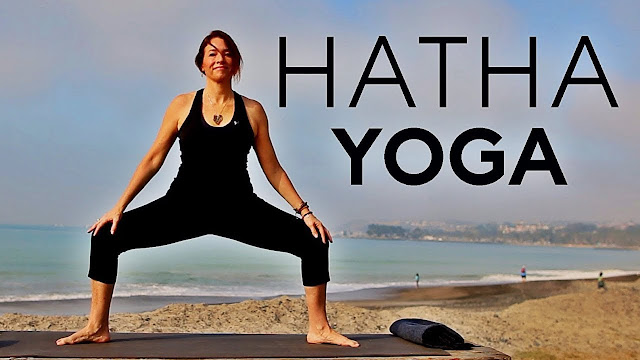How Yoga and Pranayama Help Control Blood Pressure?
When speaking of blood pressure, the reasons for increase in blood pressure shall be known clearly. If the reasons are known, the solution is easy to find. In most of the people who are aged, say above 40 or 50 years of age, the blood pressure becomes high essentially due to inactivity which is directly borne out of the lifestyle issues. This leads to constriction of blood vessels due to cholesterol which gets accumulated. For this reason, you would find most of the blood pressure issues in the aging population.
The second important reason for increase in blood pressure in people is stress. Whether knowingly or unknowingly, the increase in stress levels of the people for a long period of time has a telling effect on immunity of body and results in improper functioning of body parts. This causes constriction of vessels and heart has to work overtime to pump blood everywhere in body.
These are the two major reasons for high blood pressure. So, how does yoga control blood pressure? Before we elaborate on these, it is important to know that yoga mixed with pranayama breathing is effective in controlling blood pressure.
Yoga and pranayama reduce the stress levels, which brings in a state of relaxation and reduces the constriction in blood vessels. In addition, yoga helps in developing stretch, flexibility and strength in muscles which is crucial for improving the blood flow throughout the body.
Pranayama breathing exercises induce state of calm and peace in mind. The energy generated in the process helps in burning the excess fat and improving the metabolism of body. Yoga exercises are good for massaging and exercising different parts of the body, improving their functions in the process.
Time Period
While performing these poses and pranayama, it is wrong to expect the results just as you finish doing these. You have to integrate these as a part of daily life. The time period for which these need to be done on daily basis depends on how much time you are able to take out. Preferably, a minimum of 30 minutes shall be spent on doing asanas or pranayama. If you are able to take out 1 hour for this exercise, nothing like it.
Regularity of practice is important. Daily practice with occasional break is okay to go with. It is only with regular practice that long term positive effects will be developed.
Role of Diet
Diet also plays an important role. A balanced diet is required and is considered the best. The oil-rich, heavy spices laden or too much of red-meat is known to increase the cholesterol levels. While intake of small amounts of this food occasionally does nothing wrong, intake in large amounts and too frequently can be damaging for the body. Therefore, diet chosen shall be light and shall be balanced.
Other Associated Benefits
The other associated benefits of doing asanas and pranayama are control of diabetes or blood sugar levels, thyroid regulation, weight loss and heightened energy levels in body which removes lethargy.




Comments
Post a Comment